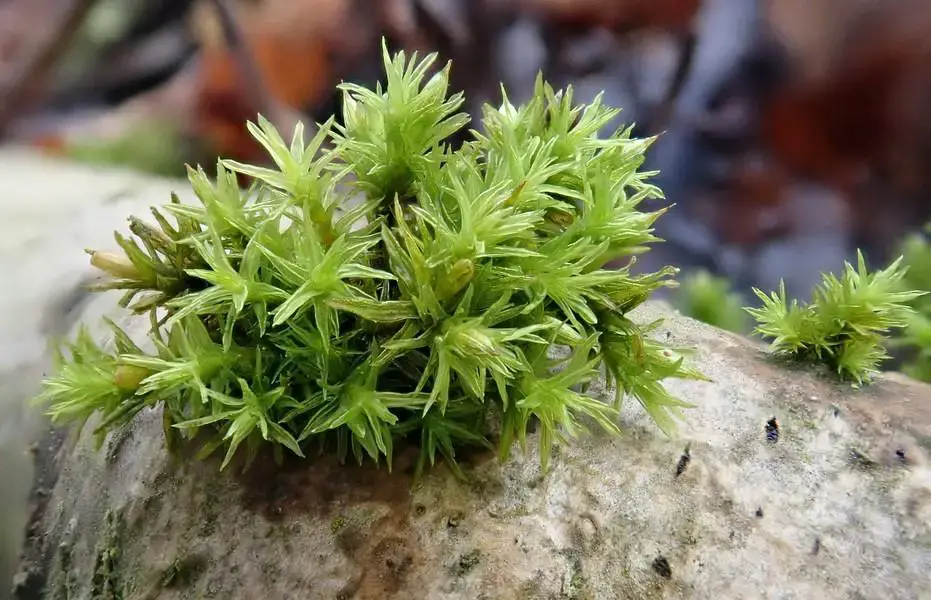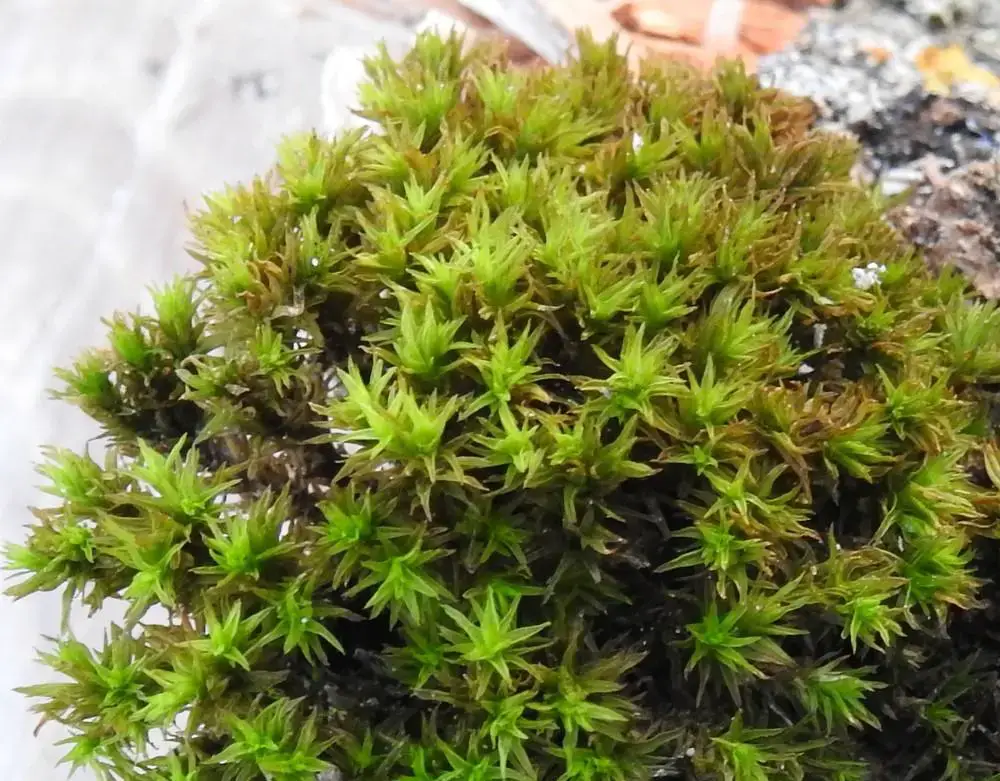
52598496770_4961e16769_b.jpg from: https://www.flickr.com/photos/12639178@N07/52598496770/
Exploring the Fascinating World of Orthotrichum affine subsp. subrivale Kindb. Moss

52598587718_c413dabd80_b.jpg from: https://www.flickr.com/photos/12639178@N07/52598587718/
Introduction

49566512557_803e83f9f0_b.jpg from: https://www.flickr.com/photos/12639178@N07/49566512557/
Mosses are often overlooked, but they play crucial roles in ecosystems around the world. One particularly interesting species is

8153406334_9aea8ca0df_b.jpg from: https://www.flickr.com/photos/tim-waters/8153406334/
Orthotrichum affine subsp. subrivale Kindb., a type of moss in the Orthotrichaceae family. In this blog post, we’ll dive into the details of this fascinating plant, from its morphology and habitat to its ecological importance. Get ready to discover the hidden world of Orthotrichum!
Background on Mosses
Before we focus on our star species, let’s review some moss basics. Mosses are non-vascular plants in the division Bryophyta. Unlike other plants, they lack true roots, stems, and leaves. Instead, they have rhizoids, stems, and leaf-like structures called phyllids. Mosses reproduce via spores rather than seeds and are found in diverse habitats worldwide, from arctic tundra to tropical rainforests.
Morphology and Identification
Orthotrichum affine subsp. subrivale is a small acrocarpous moss, meaning its sporophytes grow at the tips of the stems. The stems are typically 0.5-2 cm tall. The phyllids are lanceolate in shape, 1.5-3 mm long, and have

51897046656_8923dd502b_b.jpg from: https://www.flickr.com/photos/12639178@N07/51897046656/

32708460.jpg from: https://observations.be/observation/204659696/
recurved margins. A key identifying feature is the immersed to emergent capsules with 8 furrows when dry. The calyptra (hood covering the capsule) is

32783331.jpg from: https://observations.be/observation/204892168/
campanulate and hairy.
Global Distribution and Habitat
This moss has a wide distribution, found across Europe, Asia, Africa, and North America. It grows on the bark of deciduous trees, particularly in riparian habitats along streams and rivers. The species epithet “subrivale” hints at this preferred streamside habitat. In some regions, it also grows on rocks in or near water.
Ecological Roles and Adaptations
Like other mosses, O. affine subsp. subrivale plays important roles in its ecosystem:
- Nutrient cycling: Mosses trap and store nutrients, releasing them slowly over time.
- Moisture retention: The dense mats of moss help retain moisture in the soil and provide humid microhabitats for other organisms.
- Habitat for micro and mesofauna: Many invertebrates make their homes among the stems and leaves of mosses.
This particular subspecies shows adaptations to its riparian habitat, such as the ability to withstand periodic flooding and quickly rehydrate after drying out. The hairy calyptra

32716762.jpg from: https://observations.be/observation/204686738/
may help protect the developing sporophyte from damage.

3075306150_65446c5cb3.jpg from: https://www.flickr.com/photos/12639178@N07/3075306150/
| Characteristic | Description |
|---|---|
| Plant size | 0.5-2 cm tall |
| Leaf shape | Lanceolate, 1.5-3 mm long |
| Leaf margins | Recurved |
| Capsule | Immersed to emergent, 8 furrows when dry |
| Calyptra | Campanulate, hairy |
Conclusion
Orthotrichum affine subsp. subrivale may be small, but it is a prime example of how mosses have evolved to thrive in specific habitats and play vital ecological roles. Next time you’re walking along a stream, take a closer look at the tree bark and rocks – you might just spot this amazing moss! What other secrets of the bryophyte world are waiting to be uncovered?

22564713011_3dc4feb420_b.jpg from: https://www.flickr.com/photos/12639178@N07/22564713011/